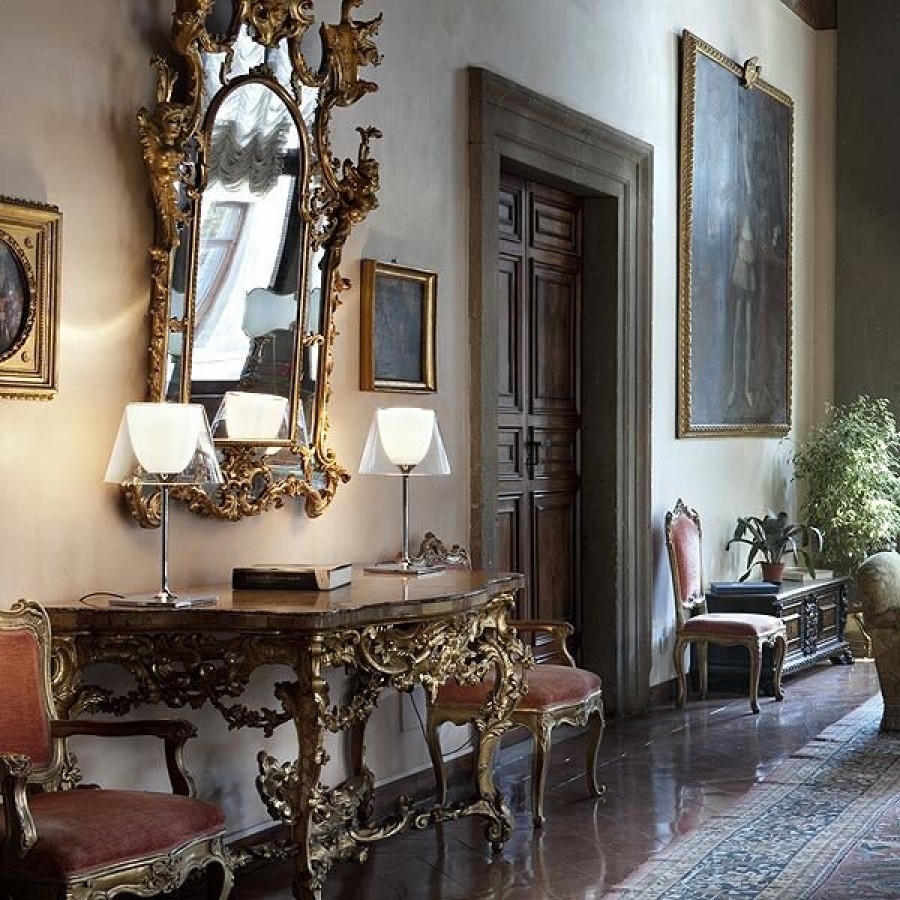
Washi Lamp: The Delicate Beauty of Japanese Paper Illuminated
Introduction
When it comes to creating elegant lighting fixtures, the use of paper may not be the first material that comes to mind. However, the art of creating lamps using washi paper is a longstanding tradition in Japan that has been perfected over centuries. Known for its lightweight and delicate texture, washi paper is produced using natural fibers that have been beaten into a pulp and then spread out thinly to dry. In this article, we explore the beauty and craftsmanship of washi lamps and how they have become a popular choice for interior design enthusiasts around the world.
History of Washi Lamps
Washi lamps have a rich history in Japan, dating back to the Edo period (1603-1868). During this time, washi paper was predominantly used for writing and painting, but some artists discovered that the paper could also be used to create beautiful and intricate lamp shades. The earliest examples of washi lamps were designed with simple shapes and patterns, but as the popularity of these lamps grew, so did the level of craftsmanship and the complexity of the designs.
The Craftsmanship of Washi Lamps
Creating a washi lamp requires a high level of skill and attention to detail. Every step of the process, from selecting the fibers to the final shaping of the lamp, is done by hand. The fibers used to create washi paper are carefully chosen for their strength and durability. Once the fibers have been beaten and spread out to dry, they are ready to be turned into a lamp shade.
Washi lamps come in a variety of shapes and sizes, from simple cylindrical designs to more intricate geometric shapes, such as hexagons or triangles. The paper is carefully folded and shaped to create the desired form, with each fold and crease adding to the lamp’s unique character.
Using Washi Lamps in Interior Design
Washi lamps have become a popular choice for interior design enthusiasts around the world, thanks to their delicate beauty and versatility. These lamps can be used in a variety of spaces, from traditional Japanese interiors to modern, minimalist designs.
One of the advantages of using washi lamps in interior design is their ability to create a warm and inviting ambiance. The soft glow of the paper diffuses the light, creating a calming and relaxing atmosphere. This makes washi lamps an ideal choice for spaces where serenity and tranquility are important, such as bedrooms, meditation rooms, or spas.
The Future of Washi Lamps
As the popularity of washi lamps continues to grow, so does the interest in preserving the traditions behind their creation. The art of creating washi paper and lamps is considered an intangible cultural heritage of Japan, and efforts are being made to promote and preserve this art form.
In recent years, some designers have taken the concept of washi lamps and adapted it to create new, innovative designs. For example, a contemporary washi lamp may feature a sleek, modern shape with bold colors or graphic patterns. These new designs are helping to keep the tradition of washi lamps alive while also appealing to a wider audience.



